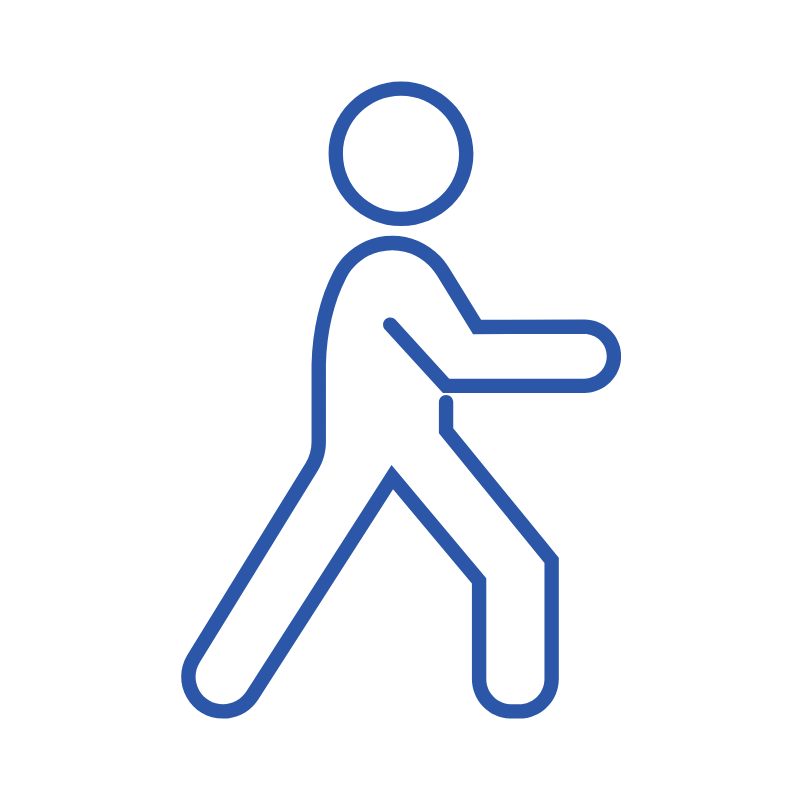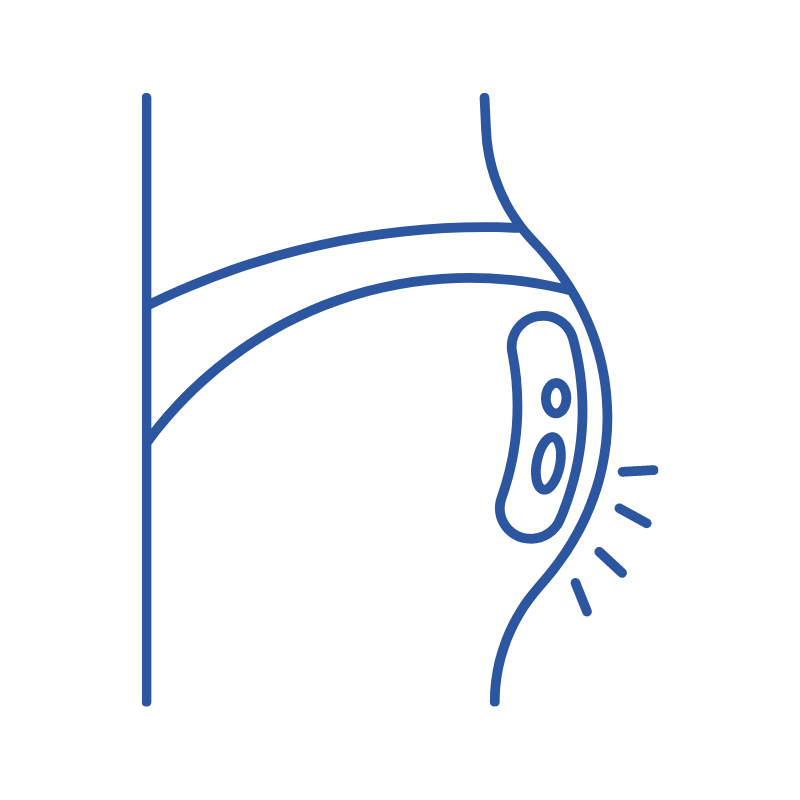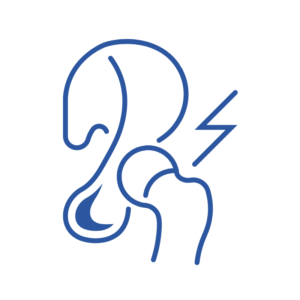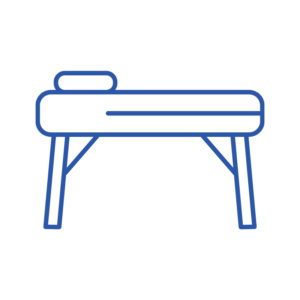A Hip Labral (acetabular) Tear can cause pain and instability in the hip.
At Vitalis Physiotherapy, our treatment of hip labral tears aim to:
A Hip Labral (acetabular) Tear can cause pain and instability in the hip.
At Vitalis Physiotherapy, our treatment of hip labral tears aim to:



The labrum is a unique type of fibrocartilage that lines and supports joints. The labrum is also in the shoulder. The hip is what’s known as a ‘ball-and-socket’ joint – here, the labrum serves to keep the ‘ball’ (femoral head – top of femur bone) in place and deepen the socket (the acetabulum), as well as act as a supportive attachment for surrounding structures, like ligaments. It is also responsible for cushioning the joint and allowing for smoother and stable movement.
A hip labral (acetubular) tear can be classified through the following:

The exact cause and severity of a labral tear can vary, however there are some common factors which may contribute to diagnosis. These include:
Women are most likely to develop the condition. Athletes who have groin pain often have a labral tear.


If you suspect you have a labral tear, it is important to see a medical professional. You will likely be referred for an X-Ray or MRI to determine the cause and severity of the condition.
Physical therapy is highly beneficial in reducing associated symptoms. At Vitalis Physiotherapy, we tailor a unique treatment plan to aid in your recovery through:
If the pain and reduced movement is severe, strenuous activity should be avoided. Your physiotherapist may also advise heat or ice application, rest and if necessary, pain medication. Additionally, they might recommend for you to use supportive straps or belts
If you have a hip labral tear, or you’re looking for a ‘physiotherapist near me’, our physios at Vitalis Physiotherapy can assess your condition to tailor a unique rehabilitation plan to aid in your pain relief and recovery.
All you need to do is just give us a call on 0410 559 856 and request an initial appointment. Please let our friendly reception staff know the background and severity of your condition.
You can visit our FAQs for more information about appointments at Vitalis Physiotherapy.

Are you in pain caused by a labral tear? Contact Vitalis Physiotherapy now to book in your treatment.
Call our friendly team on 0410 559 856. We’d love to help.
3/58 Oldfield Road, Sinnamon Park Qld 4073